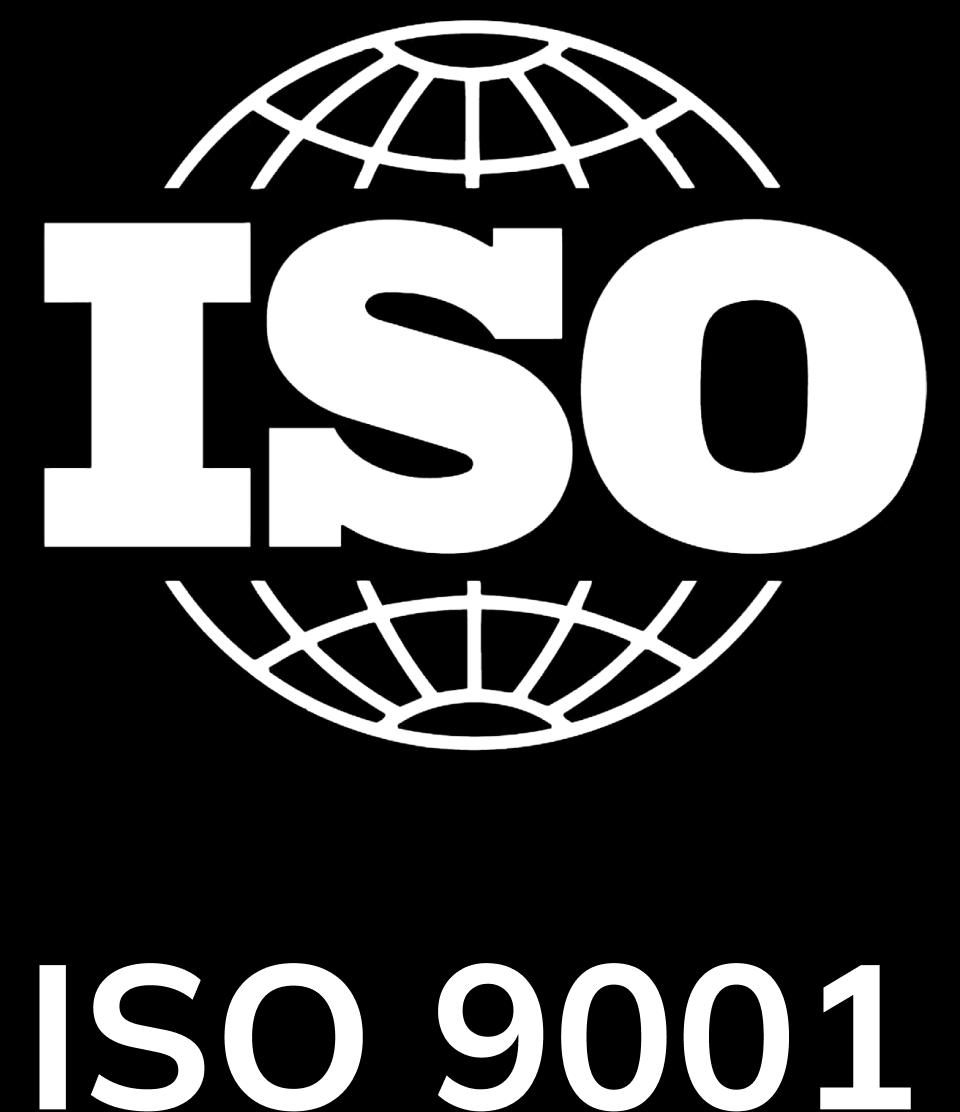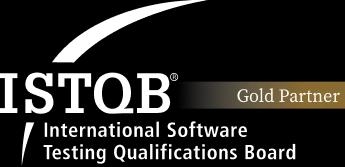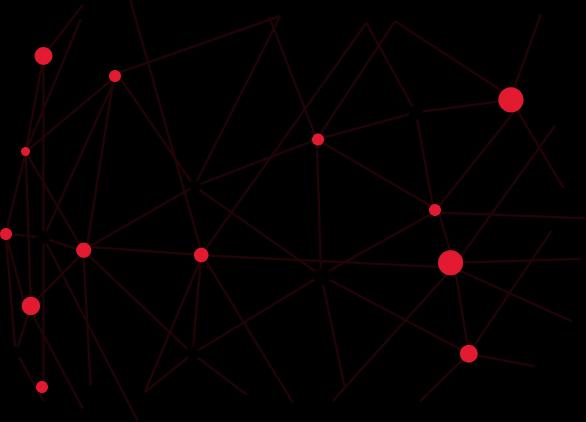
What is Microlearning? Benefits and Effective Applications
Microlearning is becoming an effective and popular learning method due to its ability to quickly and efficiently transmit knowledge. It is characterized by short and concise lessons that allow learners to easily absorb and apply the knowledge in real-life situations. With its advantages of being concise, accessible, and flexible, microlearning is increasingly being prioritized in education, employee training, and personal development. So, what are the specific benefits of microlearning and how can this method be effectively implemented? This article will provide a detailed overview and guide you on how to apply microlearning to achieve the best results.
I. What is Microlearning?
Microlearning is a modern educational method that focuses on delivering knowledge and skills through short and concise lessons. Unlike traditional methods that require long periods of time, microlearning emphasizes specific content with just enough duration to help learners quickly remember and easily apply the knowledge in practical situations.

Each microlearning lesson typically lasts from 3 to 7 minutes and revolves around a specific topic or skill. This approach helps learners avoid information overload, maintain focus, and access knowledge in a targeted manner. The small and concise lessons create opportunities for flexible learning anytime, anywhere, while still achieving high effectiveness.
Microlearning often utilizes formats such as short videos, infographics, quick quizzes, or direct interactions to enhance engagement and interactivity. This method is becoming a trend in education and training, not only helping learners grasp knowledge but also enhancing their ability to apply it in practice.
II. Benefits and Limitations of Microlearning
1. Benefits of Microlearning
1.1 Time-saving

One of the biggest benefits of microlearning is its ability to save time for learners. The designed lessons are concise, typically lasting from 3 to 7 minutes, allowing learners to absorb knowledge without spending too much time. This is particularly suitable for individuals with busy schedules, enabling them to easily integrate learning into their daily lives.
1.2 Improved retention
Microlearning is designed based on how the human brain receives and retains information. The small, concise, and focused lessons help learners reduce the amount of information to remember in each session, thereby increasing their ability to absorb and retain knowledge in the long term. When divided into compact units of knowledge, learners can easily focus on specific content and easily review when needed. This helps maintain effective knowledge retention compared to long and complex learning sessions.
1.3 Flexibility
Microlearning is particularly suitable for individuals with busy schedules, as the lessons only take a few minutes to complete. Learners can easily access learning content through their phones, tablets, or computers whenever they have free time. This ability to learn anytime, anywhere makes microlearning an ideal choice for learners who want to make use of their spare time to acquire knowledge without having to schedule extended learning sessions.
1.4 Cost-saving for businesses and educational organizations

Compared to organizing centralized training sessions or hiring instructors, microlearning often requires lower costs as it can be built once and reused multiple times. Companies or educational organizations can save costs on instructor fees, printing materials, and dedicated learning spaces. Additionally, learning through online platforms also reduces travel costs for learners, especially those who are located far away.
1.5 Easy updating of materials
A prominent advantage of microlearning is its ability to easily update materials in a flexible and timely manner. When there is new information, changes in regulations, or updates to knowledge, educational managers can quickly edit or replace small lessons without having to redo the entire program. This not only ensures that learners are always provided with accurate and timely information but also saves time and resources for the development of learning materials. The ease of updating also helps learners feel more confident knowing that they are accessing modern and practical content.
1.6 Meeting modern learning styles
Microlearning is suitable for modern lifestyles, especially for younger generations who prefer short, quick, and easily digestible content. Learners can grasp new knowledge without feeling overwhelmed. In addition, learning through short videos, infographics, or multiple-choice questions will attract learners more than lengthy materials.
2. Limitations of microlearning
2.1 Lack of depth

One of the major limitations of microlearning is that the content is too short and may not provide enough detailed information. For complex or in-depth knowledge, microlearning may not meet the requirements. This can make learners feel lacking in information or unable to effectively apply knowledge in real-life situations.
2.2 Requires self-motivation
Microlearning requires learners to have the ability to manage their time and motivation to effectively absorb knowledge. Not everyone has the self-discipline and motivation to learn independently. For those who need guidance and support from instructors, microlearning may not be the best choice.
2.3 Not suitable for all types of knowledge

Microlearning is not a suitable method for all types of knowledge. Some complex knowledge requires a longer time to delve into and cannot be effectively conveyed through short lessons. For example, scientific concepts, complex technical skills, and intricate management theories often cannot be learned through a few concise lessons.
2.4 Lack of connection between knowledge
Microlearning can lead to learners not seeing the connection between different pieces of knowledge. When going through multiple short lessons, learners may struggle to form a comprehensive picture of the topic or field they are learning, reducing their ability to apply knowledge in real-life situations.
III. Essential factors for building an effective microlearning program
To successfully implement an effective microlearning program, following the necessary factors below will help optimize the learning experience and ensure that the content is quickly and easily accessible to learners.
1. Concise and succinct content
For a microlearning program to be effective, the content of each lesson needs to be concise and succinct, focusing on a main point or specific concept to avoid information overload. With a short duration of 3 to 10 minutes, learners can easily absorb knowledge without feeling overwhelmed. The layout of each lesson should also be clear, with main points or simple tasks to help learners follow and remember better. Additionally, real-life examples or illustrative scenarios can enhance the ability to apply knowledge immediately, making the content more relatable and understandable.
2. Utilize diverse media for delivery

An effective microlearning program should utilize various media to optimize the learning experience. Short videos are the most common medium, suitable for content that requires visual illustration or detailed step-by-step instructions. In addition, using images and infographics helps learners quickly grasp information in a vivid and engaging way. Furthermore, quick quizzes or learning games are excellent ways to reinforce knowledge, allowing learners to self-assess and evaluate their understanding immediately after completing a lesson.
3. Establish a clear learning pathway
Although microlearning focuses on small units of knowledge for easy absorption, there should still be a logical and interconnected learning pathway. This pathway should help learners understand each step and how the lessons are connected to form a complete picture of the knowledge. With a clear pathway, learners will not feel lost and can easily recognize the relationship between lessons to develop a deeper understanding.
4. Measure and evaluate learning effectiveness

To control and improve the quality of learning, a microlearning program needs specific methods for measuring and evaluating effectiveness. Short quizzes or end-of-lesson assessments help assess learners' knowledge. Additionally, tracking tools that record progress, completion time, and scores allow learners to monitor their own progress. Feedback from learners through surveys or evaluations also plays an important role in helping organizations improve content and make appropriate adjustments based on learners' needs.
5. Personalization and flexibility in content
Effective microlearning occurs when the content is personalized to suit each learner group and the learning pathway is flexible. The program can distribute content according to the needs, preferences, and goals of each learner, helping them stay engaged in the long term. At the same time, the learning pathway should be adjusted based on results and learning progress to ensure learners do not feel overwhelmed and maintain motivation throughout the learning process. This also includes allocating learning content according to a reasonable schedule to facilitate easy absorption without overload.
6. Update and refresh content regularly

Microlearning has the advantage of easily updating content compared to traditional training programs. To ensure that the content is always fresh and relevant, it is important to regularly review and update new knowledge, skills, or remove outdated content. Regular updates not only keep the training program up to date with trends and job requirements but also create interest for learners.
7. Flexibility and optimization for mobile devices
One of the major advantages of microlearning is its ability to be accessed anytime, anywhere, making it important for the program to be flexible and easily usable on different devices, especially mobile phones. The learning interface should be optimized to be simple, intuitive, and user-friendly for a smooth learning experience. Additionally, high interactivity is crucial, and exercises such as drag-and-drop or multiple-choice questions can help learners feel engaged and motivated during the learning process.
By incorporating these elements into microlearning programs, organizations can create effective learning experiences that attract learners, are easily measurable, and help learners quickly and easily achieve desired skills and knowledge.
IV. Common applications of microlearning
Microlearning is increasingly being applied in various fields due to its flexibility, accessibility, and high effectiveness in learning. The following are the most common applications of microlearning:
1. Microlearning in employee training
Microlearning is an ideal solution for employee training due to its concise nature and focus on specific skills, enabling employees to quickly apply knowledge to real-world tasks.

- Product and service training: Microlearning helps employees easily update information about new products or services through short videos, quick reading materials, or infographics. This allows them to understand the products without having to participate in lengthy training sessions.
- Training on new work processes and technologies: When businesses adopt new technologies or software, microlearning helps employees quickly access specific processes and operations. Short instructional lessons on how to use software, manage systems, or handle work processes help employees adapt quickly to new technologies.
- Reviewing and updating information: For continuously updated information, such as internal policies, occupational safety regulations, or important legal knowledge, microlearning provides an easy way to review through short materials, videos, and quizzes. This helps employees stay well-informed.
- Training on new skills: Microlearning is suitable for courses on soft skills such as communication, time management, and teamwork. Short videos and real-life scenario exercises help employees practice and improve their skills immediately.
2. Microlearning in education
In the field of education, microlearning is an effective method to support students in mastering core knowledge and maintaining learning motivation.

- Reviewing and reinforcing knowledge: Microlearning is an excellent tool for students to review and effectively remember knowledge. For large topics, teachers can break them down into short lessons, making it easier for students to remember each part and establish connections between different pieces of knowledge. This is particularly useful for exam preparation, helping students feel confident before exams.
- Supporting online learning: Microlearning easily integrates into online learning platforms, providing flexibility for students. Short lectures, interactive questions, or practical exercises help students absorb knowledge without taking up too much time, and they can learn at any time.
- Developing critical thinking and creativity skills: Microlearning can also be applied to courses on critical thinking, creative thinking, or analytical skills. Short scenario-based lessons or puzzles stimulate independent thinking and problem-solving abilities.
- Supplementary learning materials: Microlearning can provide supplementary materials such as short videos, flashcards, or practical exercises for students, helping them reinforce the knowledge learned in class. These supplementary materials make learning more visual and interesting.
3. Microlearning in personal development
Microlearning is an effective method for promoting personal development because it allows learners to adjust the pace and content of their learning to suit their individual needs.

- Language learning: Microlearning is widely used in language learning applications such as Duolingo and Babbel. Short lessons and daily vocabulary and grammar exercises help learners quickly memorize vocabulary and grammar without taking up too much time.
- Soft skills development: Microlearning is an ideal method for developing skills such as emotional management, effective communication, or positive thinking. Each short lesson focuses on a specific skill, making it easy for learners to practice and develop individual skills, thereby building good habits and sustainable personal growth.
- Developing critical thinking and foundational knowledge: For those interested in developing foundational knowledge or improving critical thinking, microlearning is a powerful support tool. Short lessons on topics such as personal finance, history, or basic science provide the necessary foundational knowledge, helping learners update and expand their knowledge continuously.
V. Conclusion
Microlearning is a modern training method that is suitable for learning needs in the digital age. With prominent benefits such as time-saving, high retention, and flexibility, microlearning is becoming a popular trend in many fields. To effectively implement microlearning, attention should be paid to content, supporting technology, and interactive elements, thereby building a training program that meets the needs and expectations of learners.
If you are looking for a professional platform to support the implementation of microlearning, TeamHub LMS from Tokyo Tech Lab is the optimal choice. With advanced and user-friendly learning management features, TeamHub LMS helps businesses and educational organizations build effective microlearning programs, saving time and costs while ensuring training quality. Experience TeamHub LMS today to enhance the quality of learning and training in your organization! Contact us at sales@tokyotechlab.com or via phone number 0968.904.159 for consultation.
SHARE THIS ARTICLE
Author
Huyen TrangSEO & Marketing at Tokyo Tech Lab
Hello! I'm Huyen Trang, a marketing expert in the IT field with over 5 years of experience. Through my professional knowledge and hands-on experience, I always strive to provide our readers with valuable information about the IT industry.
More Posts



About Tokyo Tech Lab
Services and Solutions
Contact us
© 2023 Tokyo Tech Lab. All Rights Reserved.







